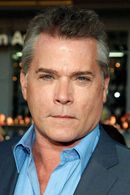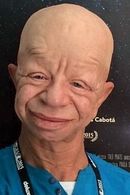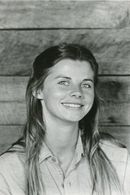Douglas Gordon's artistic journey began at the School of Art from 1984 to 1988, where he laid the foundation for his future endeavors. His academic pursuits continued as he was accepted into a master's program at the Slade School of Art in Glasgow, which he attended from 1988 to 1990.
Gordon's notable video work, "24 Hour Psycho", created in 1993, is a testament to his innovative approach to art. By editing Alfred Hitchcock's 1960 film "Psycho" using slow motion technology, he extended the film's duration to a staggering 24 hours, redefining the boundaries of cinematic storytelling.
As Gordon delved deeper into his artistic exploration, he became increasingly fascinated with the alienation of cinema images and film stars. His statement "Cinema is dead" sent shockwaves through the art world, cementing his reputation as a pioneer in his field. Through his alienation techniques, Gordon transformed iconic cinematic images and myths into breathtaking works of art, breathing new life into the familiar.
Born and raised with television as a staple of his childhood, Gordon's artistic inquiry often revolves around the questions of good and bad values. His video installations, such as "Between Darkness and Light" (1997),Feature Film (1999),and "Zidane: A 21st Century Portrait", a collaboration with Philippe Parreno, showcase his ability to push the boundaries of storytelling.
Gordon's star series is a testament to his innovative approach, as he distorts images of rock and film stars using unconventional methods, such as exposing them to fire, or adding ingredients like pork knuckles, sugar, eggs, shampoo, sperm, or urine. He also cuts out their eyes and places the photos on mirrors, creating an otherworldly effect that borders on voodoo magic.
His first exhibition, "Blind Stars", featured images of stars with cut-out eyes, which he later exposed to fire, resulting in a poignant exploration of deification and destruction. Gordon's installations almost exclusively feature photos of stars who are no longer alive, as he seeks to uncover the charismatic power of these iconic figures.
Gordon's conceptual image installations also highlight his strict distinction between the status of star and celebrity, with the latter being inferior in his eyes. His accolades include the Turner Prize (1996),the Central Art Prize (1998),and the Roswitha Haftmann Prize in 2008, among others.
Throughout his career, Gordon has maintained a presence in multiple cities, including Glasgow, Berlin, and New York, where he continues to push the boundaries of contemporary art.






















